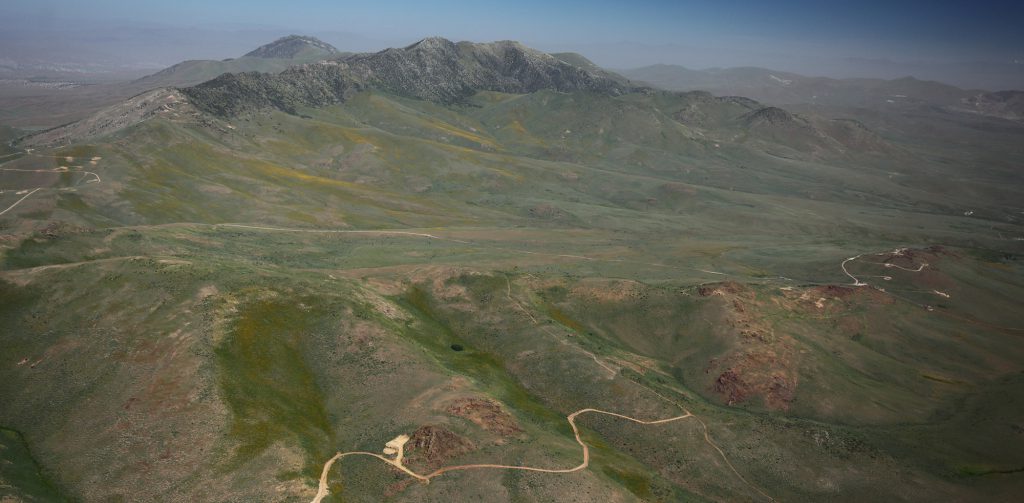Gold Standard drills 77.7 metres of 2.24 g/t gold at Railroad-Pinion

Gold Standard Ventures Corp.‘s [GSV-TSXV, NYSE American] 2020 Pinion deposit development program has found a new higher-grade oxide zone with growth potential. The new zone at Pinion exhibits thicker breccia as well as exceptional oxide grades based on recent drilling on the 100%-owned/controlled Railroad-Pinion Project in Nevada’s Carlin trend.
Drill results are from an additional 36 reverse circulation (RC) holes. With this release, all reverse circulation holes (60 total) have been reported. Results from 15 core holes are pending.
Oxide results include 77.7 metres of 2.24 g/t gold, including 22.9 metres of 4.21 g/t gold in PR20-26; 38.1 metres of 4.37 g/t gold, including 16.8 metres of 5.41 g/t gold in PR20-34; 25.9 metres of 3.66 g/t gold, including 12.2 metres of 6.45 g/t gold in PR20-60; and 39.6 metres of 1.36 g/t gold, including 15.2 metres of 2.03 g/t gold in PR20-37.
These results identify a number of new and potentially value-add opportunities at Pinion and the greater South Railroad Project, including: an N60W trending zone of higher-grade oxide mineralization at Pinion that remains open to the south, east and at depth; a potential expansion of the Pinion Phase 4 resource; and a new gold host unit – the Tripon Pass formation – which hosts over one g/t gold reduced mineralization.
Objectives of drilling included: decreasing drill spacing on the Pinion Phase 4 inferred oxide resource for conversion to measured and indicated; providing material for metallurgical testing; and tightening the drill spacings near historic Cameco holes SB-136, an RC hole that intersected 102.1 metres of 1.38 g/t gold, and SB-162-99, a core hole that twinned and verified the SB-136 results with an intercept of 112.0 metres of 1.24 g/t gold. All of these objectives have been successfully completed.
Jonathan Awde, CEO, commented: “Railroad-Pinion continues to provide upside surprises. The new Pinion Zone has the best oxide gold grades we have ever drilled at Pinion and it has potential to expand. Finding gold in the Tripon Pass formation opens up a possible new host unit. Twelve holes ended in altered multi-lithic breccia with oxide gold values ranging from 0.31 g/t gold to 2.52 g/t gold as mineralized thicknesses exceeded expectations. All considered, this has been a very successful program and we have more results to come.”
